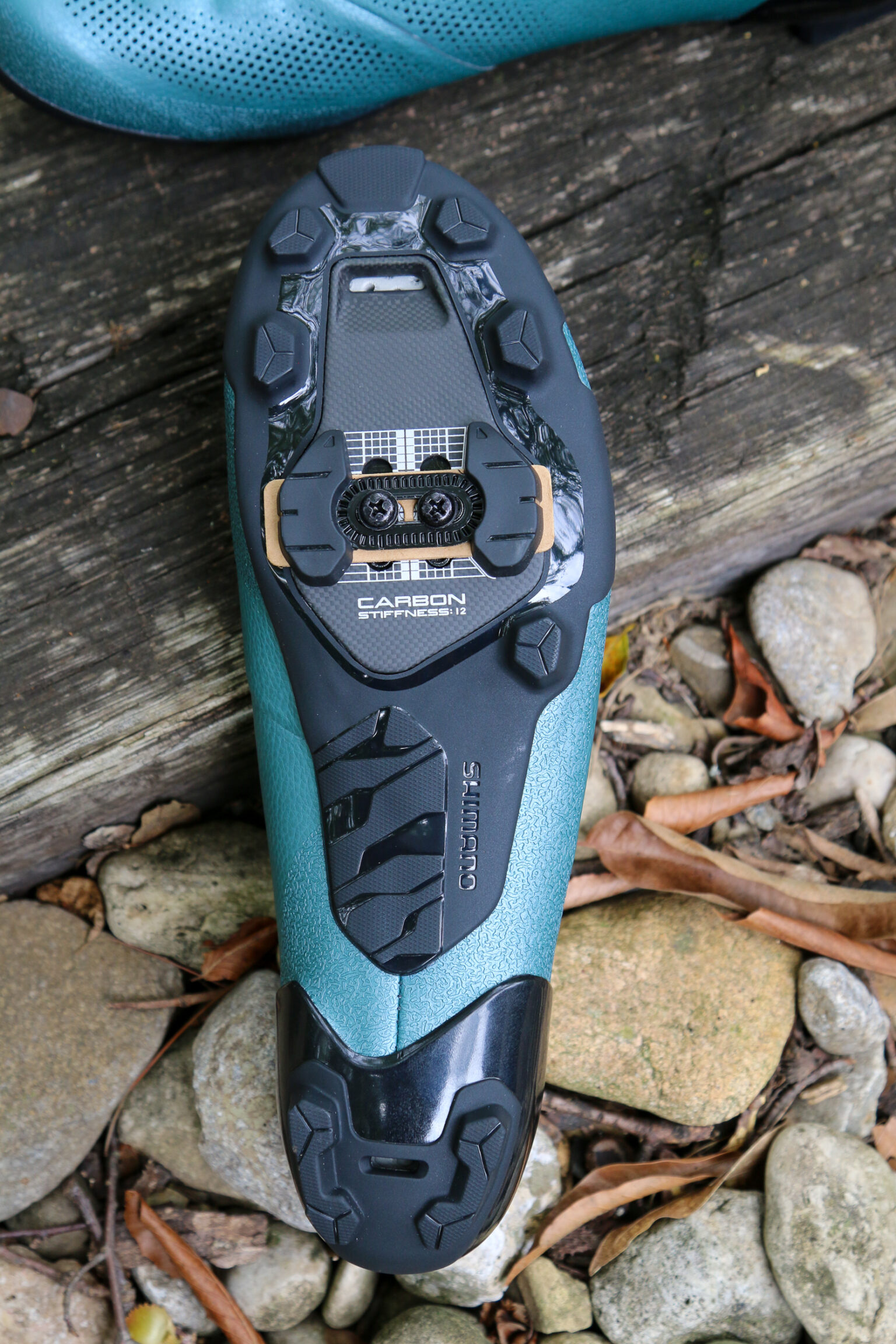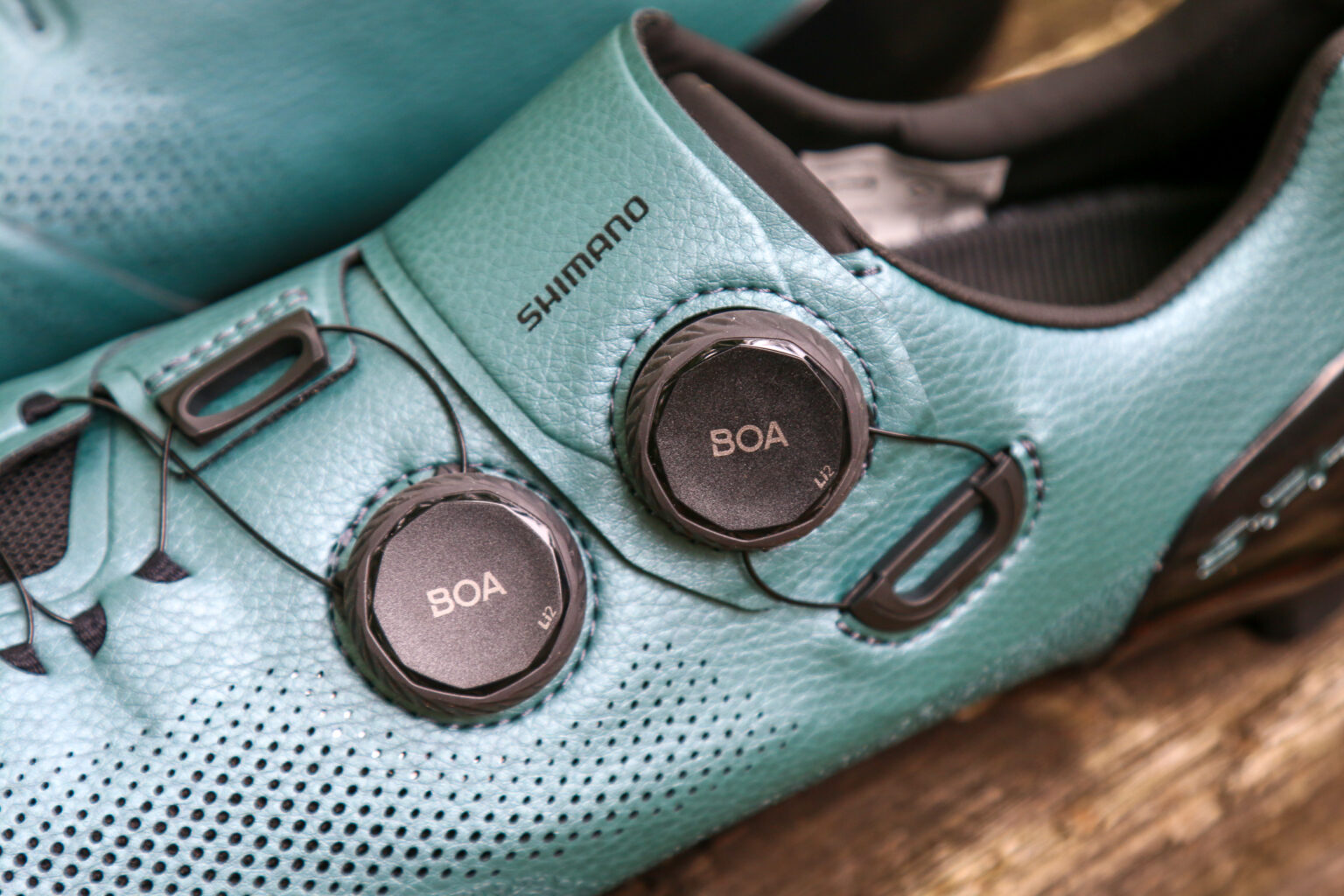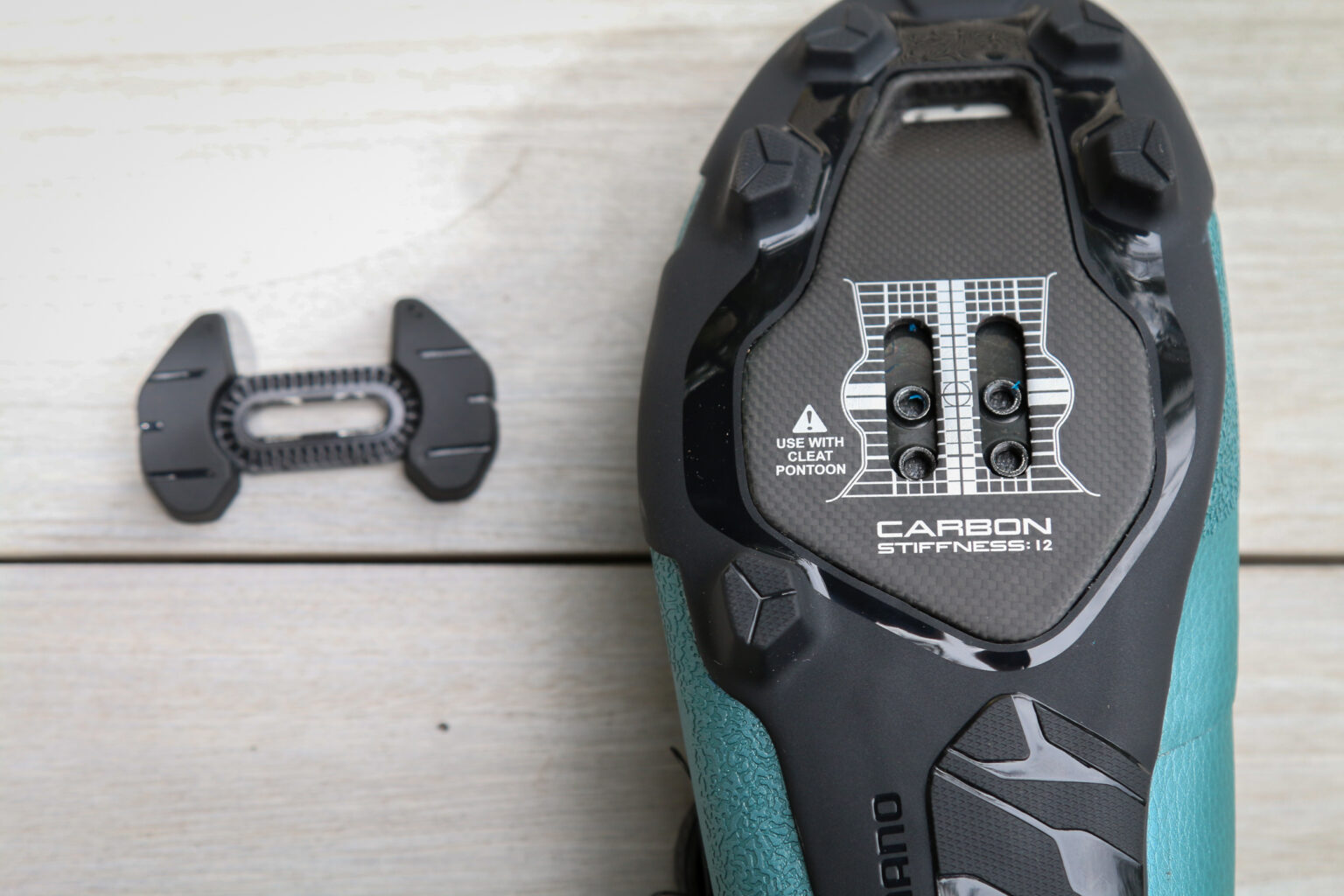It’s apparently shoe and pedal day for Shimano. There are new Multi-Entry Cleats, new XTR Trail Pedals, and now, new gravel race shoes as well. Promising road-level power transfer with off-road capability and all-day comfort, Shimano’s gravel race shoes get the S-Phyre treatment with the new RX910 model.
Ever since Shimano introduced the RX shoe lineup, they’ve been searching for the sweet spot for gravel footwear. What that means probably depends on your definition of gravel, but it typically means something that offers extremely efficient power transfer with the ability to survive rugged conditions, and is comfortable long term.
Why not just run a normal MTB or road shoe? That’s always an option, but not the most ideal. “Sure, you can get away with road or MTB shoes for gravel racing,” says Pete Stetina, SHIMANO pro gravel racer who assisted in the development of the RX910 shoes. “But to optimize for gravel performance, we need a light and stiff shoe that has a solid contact patch for steady power transfer plus the capability to handle the occasional hike-a-bike or muddy race.”

To offer that road bike level of performance, the shoes include Shimano’s stiffest carbon midsole with a 12/12 stiffness rating. That midsole also uses a seamless construction to reduce stack height, and is mated to a TPU lugged outsole with dual drainage holes for water drainage or ventilation for hot days.

The surround wrapping upper is combined with dual BOA Li2 dials for micro-adjustability and an anti-twist stabilizer heel cup for a locked-in feel.

Inside, the shoes offer an S-Phyre insole with two arch support heights and Silvadur treatment to prevent funk.



Outside of the construction of the shoe itself, the biggest change for the RX910 is the new Pontoon Cleat System. Think of this as contact tread blocks that actually move with your cleat. Many shoes have had tread blocks that were supposed to provide support to the pedal and increase the shoe-to-pedal contact for better efficiency, but this rarely works well in reality. Different pedals have differing stack heights, making the contact questionable, which is often made worse depending on the cleat position.


Here, the pontoons move with the cleat and always position the contact blocks in the perfect position to interface with a Shimano SPD pedal. The shoes are compatible with other pedal systems, but using a Shimano SPD system guarantees that the pontoon blocks are in the perfect position. Additionally, as those contact blocks wear out and the contact between the pedal and shoe decreases, you can replace the pontoon cleat block for a fresh connection.
First Impressions & Actual Weight
We received an early sample of the S-Phyre RX910 in the Deep Sea colorway, and they seem to run pretty true to size. I’m always a 41.5 in Shimano’s higher-end footwear that offers half sizing, and it’s no different here. The shoes seem to offer a more roomy toebox than previous RX gravel shoes, yet the heel cup seems tighter with a more ‘locked-in’ feel.
The shoes definitely feel more comfortable than something like the RX8, while feeling far more efficient than the MTB-focused S-Phyre XC903. There is no doubt that the Pontoon Cleat System does exactly what it claims to do, and the setup was dead simple.

It even made cleat setup easier since I just matched up the cleat with the pontoon, and the pontoon with the outlines on the shoe. That happened to be nearly the exact same position I would normally set up my cleats – threaded insert all the way back, cleat mounted to the front mounting holes.
Unlike the RX8s, the RX910s feel more confident while walking around and have gotten rid of that feeling that you’re going to roll your ankle (seemingly thanks to a new tread block just behind and outside the cleat pocket).
I haven’t had the chance to test these in thick mud yet, and it seems like mud packing up between the pontoon and the cleats could be the only potential downfall to the Pontoon system. But I have to think that Shimano would have tested that with their athletes, though, so I don’t expect to have any issues.

For the RX910 S-Phyre shoe actual weight, a 41.5 with the Pontoon cleat but without the actual pedal cleat checks in at 286g, or 572g per pair. Compared to the RX8s at 524g for the pair, you’re adding 48g for the pontoon system, the extra BOA dial, and more outsole tread.
SHIMANO S-PHYRE RX910 Product Specifications

There’s no question that the Pontoon Cleat System results in a more efficient connection with the pedal. The only catch may be the price. As Shimano’s premiere gravel shoe options, they’re priced accordingly at $480 per pair. Certainly not an approachable price for the average weekend gravel warrior, but if you’re looking for the best option for gravel racing, these shoes look pretty good. And like most things, it probably won’t be long until we see the Pontoon system trickle down to lower-priced models.
- Weight: 304 grams (size 43)
- Color: Black, White, Blue, Deep Sea
- Stiffness: 12
- Standard Sizes: 38-48
- Half Sizes: 41.5-46.5
- Wide Sizes: 40-48
- MSRP: USD $480.00, EUR €419.95, GBP £419.95
